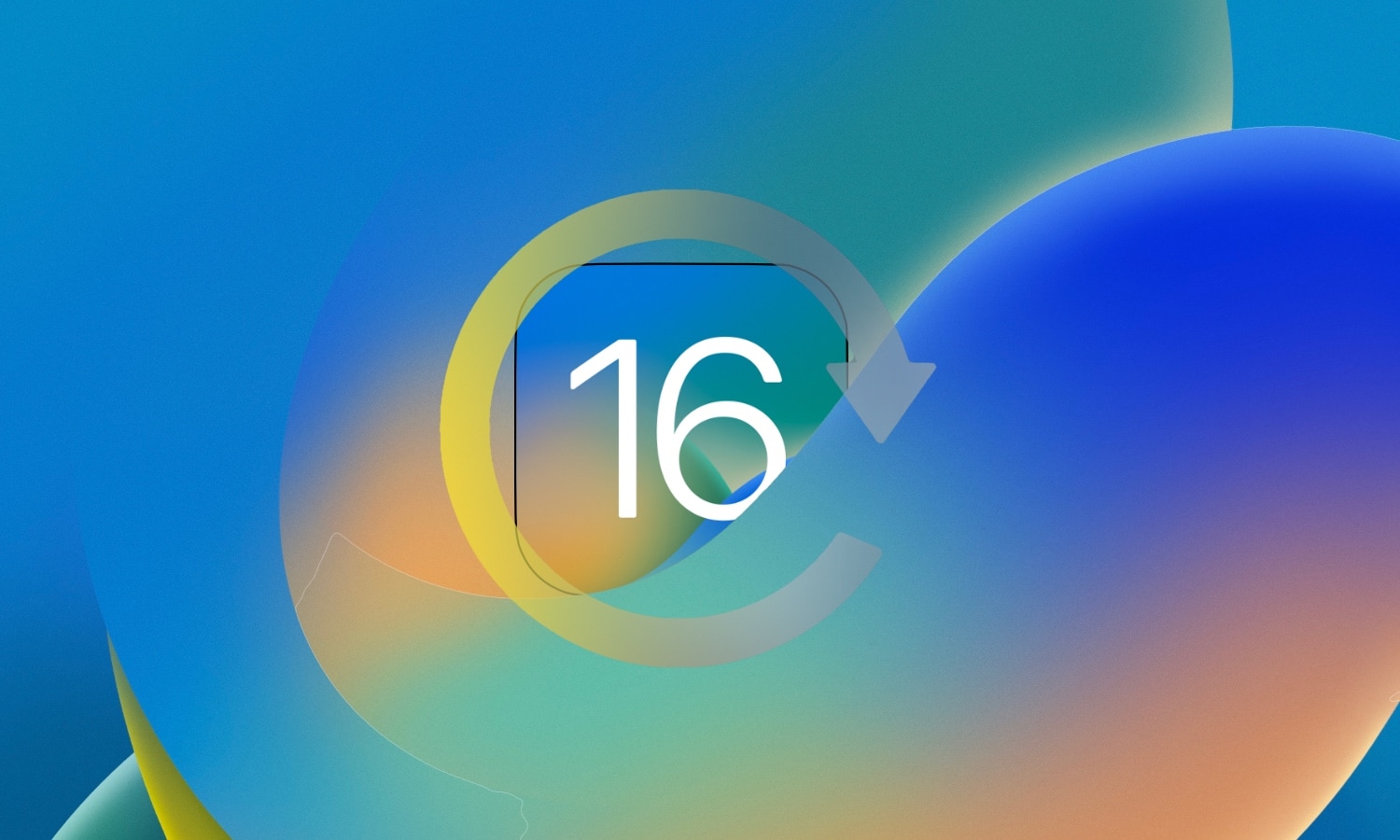Just last week, Apple released iOS & iPadOS 16.5.1 to the general public. While the firmware didn’t give Apple devices any new features, one thing it did do was patch an actively exploited bug. For that reason, it’s strongly recommended that you update if you haven’t already (unless, of course, you’re jailbroken).

But as you might come to expect about week after releasing new firmware for its mobile devices, Apple has made the predictable move of unsigning the previous firmware version – iOS & iPadOS 16.5.
When Apple stops signing a particular version of iOS or iPadOS, this means that Apple’s servers will issue a denial to any user that tries to install it. In essence, this compels the end user to instead install the latest version of iOS or iPadOS on their device, which in this case would be 16.5.1 rather than 16.5.
People generally try to install unsigned firmware when engaged in the activity of downgrading their iPhone or iPad’s firmware. This can be for something as benign as downgrading to a more stable firmware after an update introduces new bugs, or for something as premeditated as installing a jailbreakable firmware.
While the latter is certainly the most common of the two instances mentioned, that’s not to say that Apple hasn’t released buggy firmware in the past. Three great examples, linked below, underscore instances where several iPhone and iPad users may have opted to downgrade their firmware to avert a seriously annoying bug:
- iOS 16.0 over-prompting users on clipboard access when pasting copied content into another app
- iOS 14.7 breaking the Apple Watch’s ability to be unlocked with the host iPhone’s Touch ID sensor
- iOS & iPadOS 13.2 imposing incredibly aggressive background management on backgrounded apps
While unofficial downgrade methods such as FutureRestore do exist, newer A12+ devices unfortunately can’t take advantage of this on iOS 16. This capability is limited to older checkm8-susceptible A11 and older devices only.
Downgrades aside, unsigning firmware also prevents iPhone and iPad users from upgrading to a particular firmware besides the latest when they’re already using outdated firmware. A trick known as the DelayOTA method can circumvent this on supervised devices, but only within a 90-day window.
iDB staunchly opposes Apple’s signing process and thinks that iPhone and iPad owners should be able to install any version of iOS or iPadOS that they want on the device they own, much like Mac users can install any version of macOS on their Mac. Sadly, Apple has such a bone to pick with jailbreaking that this isn’t likely to ever happen without governments forcing the company’s hand.
If you’re ever curious as to what version(s) of iOS or iPadOS are being signed for your iPhone or iPad, then you can check the IPSW.me online utility to find out. Moreover, you can take advantage of our Downloads page to acquire whatever firmware version you might need for your device(s).
Has Apple’s decision to stop signing iOS & iPadOS 16.5 upset you in any way? Let us know why or why not in the comments section down below.